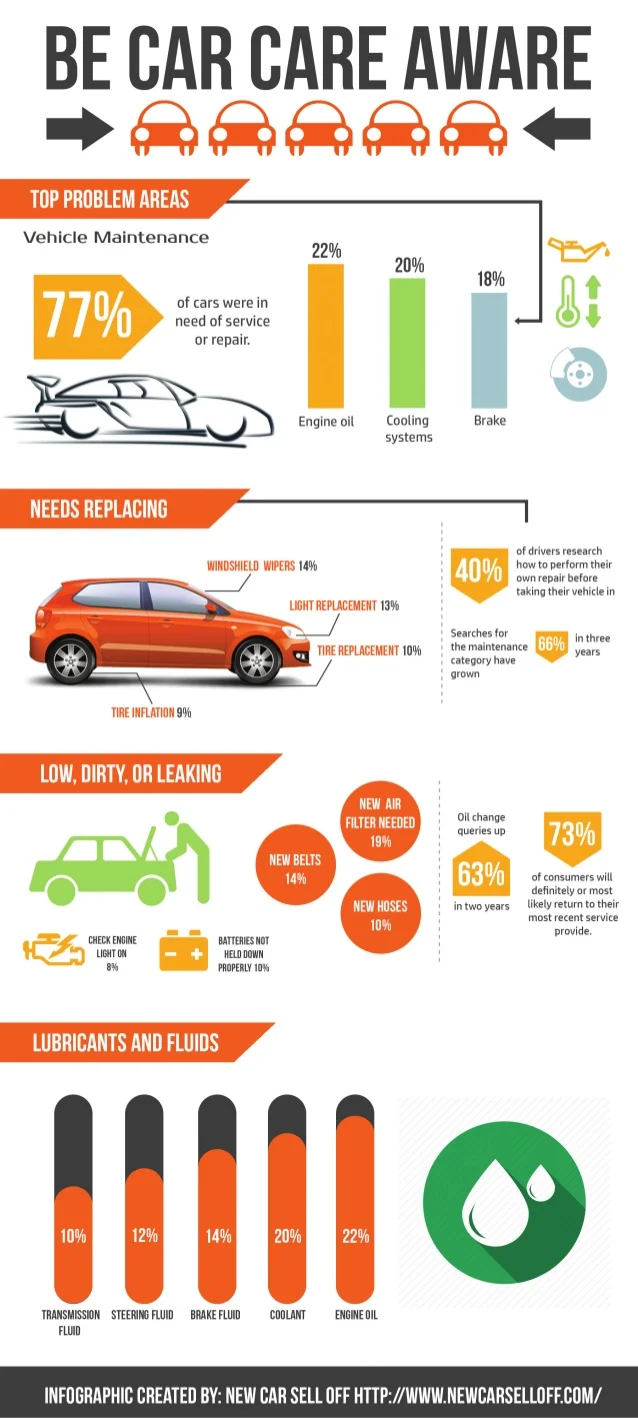Recognizing Your Vehicle'S Caution Lighting: What Do They Truly Mean?
Recognizing Your Vehicle'S Caution Lighting: What Do They Truly Mean?
Blog Article
Material By-Samuelsen Shepherd
When you're behind the wheel, those radiant warning lights on your dashboard can be a little bit perplexing. Do you know what they're attempting to tell you regarding your auto's health? Comprehending the value of these lights is important for your safety and security and the durability of your automobile. So, the following time among those lights appears, wouldn't you wish to decode its message precisely and take the essential steps to address it?
Common Caution Lights and Interpretations
Recognize usual warning lights in your vehicle and understand their significances to guarantee safe driving.
The most typical caution lights include the check engine light, which indicates problems with the engine or discharges system. If this light comes on, it's essential to have your vehicle inspected immediately.
The oil stress cautioning light suggests low oil stress, needing instant interest to avoid engine damage.
A blinking battery light may recommend a damaged billing system, potentially leaving you stranded otherwise dealt with.
https://fernandoljfzt.qodsblog.com/32134081/discover-how-green-vehicle-describing-products-can-boost-your-vehicle-s-shine-while-safeguarding-the-world-uncover-the-lasting-options-waiting-for-you monitoring system (TPMS) light signals you to low tire stress, influencing car security and fuel effectiveness. Disregarding this might result in unsafe driving conditions.
The abdominal light suggests a trouble with the anti-lock braking system, endangering your ability to quit rapidly in emergency situations.
Lastly, the coolant temperature alerting light warns of engine getting too hot, which can cause extreme damages otherwise resolved quickly.
Understanding these usual warning lights will assist you deal with concerns promptly and preserve risk-free driving problems.
Importance of Prompt Focus
Understanding the typical caution lights in your vehicle is only the first step; the relevance of immediately attending to these warnings can't be emphasized sufficient to guarantee your safety when driving.
When https://codyxoeul.blogolenta.com/29023096/just-how-to-select-the-right-auto-detailing-solution-for-your-requirements illuminates on your control panel, it's your automobile's way of communicating a potential problem that requires attention. Ignoring these cautions can result in much more extreme problems down the road, jeopardizing your safety and security and possibly costing you much more in repairs.
https://brake-rotors50639.qodsblog.com/32134023/learn-how-green-automobile-outlining-items-can-raise-your-automobile-s-luster-while-shielding-the-world-uncover-the-lasting-choices-awaiting-you to alerting lights can avoid failures and mishaps. For instance, a blinking check engine light can suggest a misfire that, if left neglected, can cause damages to the catalytic converter. Addressing this quickly can save you from a costly repair.
Likewise, a brake system alerting light might signal reduced brake liquid or used brake pads, crucial elements for your security when driving.
Do It Yourself Troubleshooting Tips
If you see a caution light on your dashboard, there are a couple of DIY troubleshooting tips you can try prior to looking for specialist help.
The first step is to consult your cars and truck's guidebook to recognize what the certain warning light suggests. Occasionally the problem can be as simple as a loose gas cap activating the check engine light. Tightening up the gas cap may settle the issue.
An additional typical problem is a low battery, which can cause different alerting lights. Examining the battery links for rust and guaranteeing they're safe could deal with the issue.
If a warning light persists, you can try resetting it by separating the auto's battery for a couple of mins and afterwards reconnecting it. In https://www.repairerdrivennews.com/2022/03/22/aftermarket-groups-promote-federal-right-to-repair-act/ , inspecting your car's liquid levels, such as oil, coolant, and brake liquid, can help repair warning lights related to these systems.
Final thought
Finally, understanding your cars and truck's caution lights is essential for maintaining your car running smoothly and securely. By without delay attending to these signals and recognizing what they mean, you can avoid costly repair services and potential break downs.
Remember to consult your car's guidebook for specific information on each warning light and do something about it as necessary to make certain a trouble-free driving experience.
Keep informed, remain risk-free on the road!
